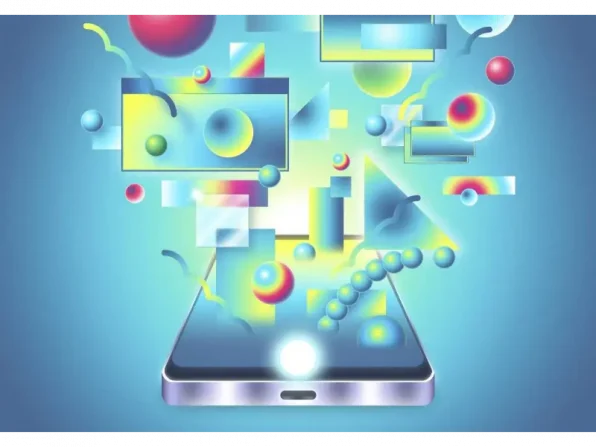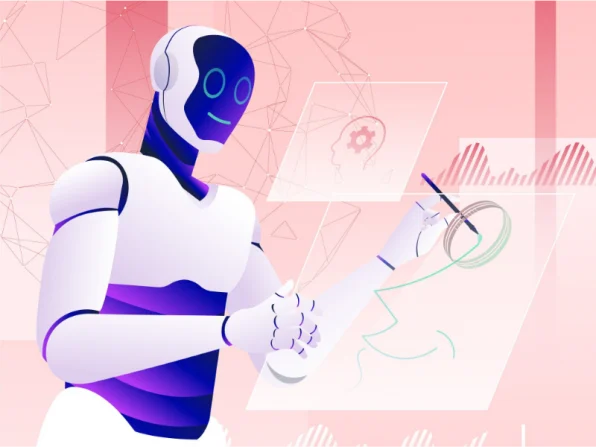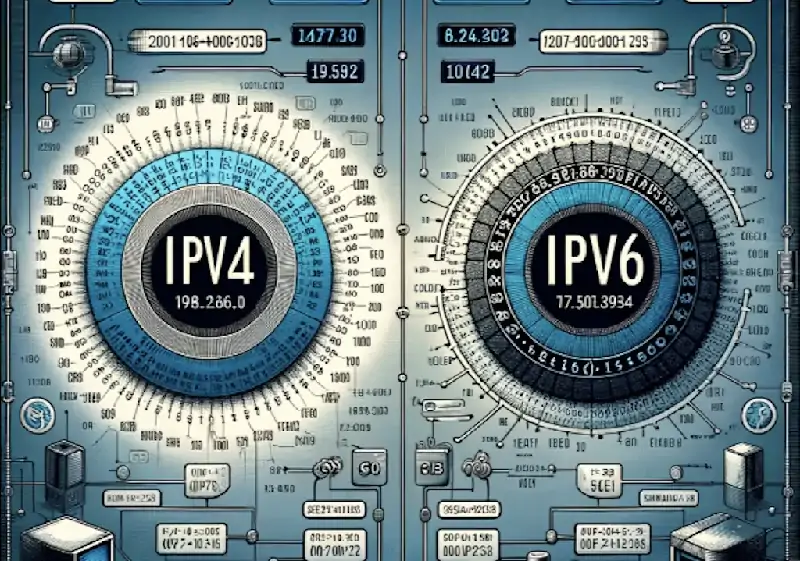- AI voice generator, also known as a text-to-speech (TTS) system, is a technology that converts written text into spoken words using artificial intelligence algorithms.
- Speechify, Synthesys, WellSaid Labs, Descript and Murf are seen as the most popular AI voice generators in 2024.
- AI voice generators have a profound impact on improving accessibility, communication, education, entertainment, and innovation, enhancing the quality of life for many individuals.
AI voice generators are changing digital media everywhere you look. They’re used to provide narration for YouTube videos, podcasts, and video games. AI voice generators are even playing a role in corporate communications.
In this blog, we will discuss how voice generators work, the benefits of using voice AI, and most importantly, what voice generators everyone will be using in 2024.
What is an AI voice generator?
An AI voice generator, also known as a text-to-speech (TTS) system, is a technology that converts written text into spoken words using artificial intelligence algorithms. These systems can produce natural-sounding speech by synthesising human-like voices from input text.
AI voice generators typically involve deep learning techniques, such as neural networks, to model the complex patterns of human speech. They learn from large datasets of recorded human speech to understand pronunciation, intonation, and other aspects of natural language.
Users can input any text into an AI voice generator, and it will output the corresponding speech in the selected voice. These systems find applications in various fields, including accessibility tools for visually impaired individuals, language learning platforms, virtual assistants, and automated customer service systems.
Also read: AI girlfriends: Top 10 countries for artificial romance
Why do people use AI for their voices?
Localisation: AI can produce voices in multiple languages and accents, facilitating localisation efforts for global audiences and expanding the reach of content and services.
Cost-effectiveness: using AI for voices can be more cost-effective than hiring human voice actors for projects with limited budgets or tight deadlines.
Versatility: With the help of AI tools, one can access different voices in different languages, thus adapting content for a global audience.
Consistency: AI-generated voices provide consistent audio output, ideal for e-learning modules or explainer videos.
Innovation: AI technology facilitates voice cloning, allowing individuals to use their voices in a variety of ways, even when they are not present.

How voice generators work
AI voice generators rely on deep learning algorithms, a subset of artificial intelligence that learns from vast amounts of data.
They operate by converting text into speech, a process that involves several steps.
Text processing: the process begins with input text provided by the user. This text is analysed and processed to identify linguistic elements such as words, sentences, punctuation, and grammatical structures.
Linguistic analysis: the system analyses the linguistic features of the input text, including phonemes (units of sound), prosody (intonation, stress, and rhythm), and other linguistic characteristics.
Voice selection: the user may have the option to choose from a selection of voices with different characteristics, such as gender, age, accent, and tone. Some systems may also allow for the customisation of voice parameters.
Synthesis: the system generates speech by synthesising human-like vocal sounds based on the linguistic analysis of the input text. This involves combining pre-recorded speech fragments or generating speech from scratch using statistical models or deep learning techniques.
Naturalness enhancement: advanced TTS systems use techniques to enhance the naturalness and expressiveness of the synthesised speech. This may include adding variations in pitch, speed, and intonation to mimic natural speech patterns.
Output: the synthesised speech is then output as an audio file or streamed in real-time to the user through speakers, headphones, or other audio playback devices.
Feedback loop: some TTS systems incorporate feedback mechanisms to improve the quality of synthesised speech over time. This may involve collecting user feedback on the perceived naturalness and intelligibility of the generated speech and using this data to refine the underlying algorithms.
Also read: Artificial intelligence (AI) in everyday life
Voice generators everyone is using for 2024
Voice generators are going to be used more in 2024, here are four recommended voice generators for different purposes.
Speechify specialises in transforming text into natural-sounding speech across a range of formats such as PDFs, emails, and articles. Users have the flexibility to tailor voice characteristics to their preferences and seamlessly synchronise preferences across multiple devices.
Additionally, Speechify integrates smoothly with various learning platforms and extends its utility through accessibility features, catering to users with visual impairments or learning disabilities.
Synthesys excels in producing professional AI-generated voiceovers and videos, accommodating multiple languages and accents. Through its real-time synthesis capability, content creation becomes more efficient, while its seamless integration with diverse platforms enhances workflow integration and flexibility.
WellSaid Labs distinguishes itself by generating high-fidelity AI voices with authentic intonation and emotional resonance. Its adaptability, ease of integration, and scalability render it applicable across a wide spectrum of scenarios and industries, enhancing user experiences and engagement.
Descript offers a suite of intuitive tools for editing audio and video content, encompassing multitrack and text-based editing functionalities. Furthermore, it streamlines the editing process through automatic transcription, facilitates content creation with screen recording capabilities, and enables customisation through voice cloning.
Collaboration features enhance teamwork efficiency, while seamless publishing to platforms like YouTube and SoundCloud ensures widespread accessibility to the produced content.








